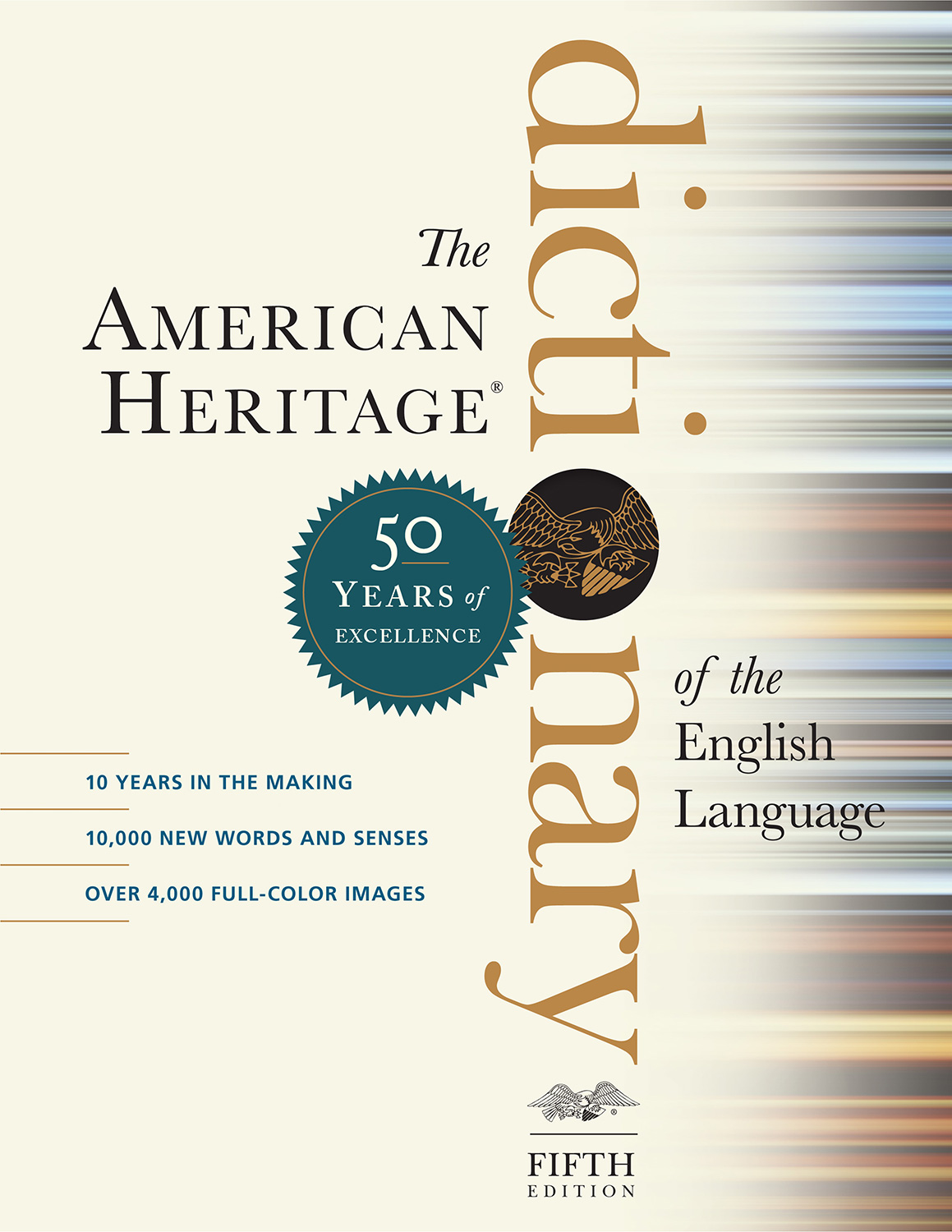A trademark for a tractor equipped with continuous chain treads. |
The American Heritage® Dictionary of the English Language, Fifth Edition copyright ©2022 by HarperCollins Publishers. All rights reserved.
cat·er·pil·lar  (katər-pil′ər, katə-) (katər-pil′ər, katə-)
Share:
Tweet n. 1. The wormlike larva of a butterfly or moth. 2. Any of various insect larvae similar to those of the butterfly or moth. [Middle Englishcatirpel, catirpeller, probably alteration ofOld North French*catepelose : cate, cat (fromLatincattus) + pelose, hairy (fromLatinpilōsus; see PILOSE).] Word History: Larvae of moths and butterflies are popularly seen as resembling other, larger animals. Consider the Italian dialect word gatta, "cat, caterpillar"; the German dialect term tüfelskatz, "caterpillar" (literally "devil's cat"); the French word chenille, "caterpillar" (from a Vulgar Latin diminutive, *canicula, of canis, "dog"); and last but not least, our own word caterpillar, which appears probably to have come from an unattested Old North French word *catepelose, meaning literally "hairy cat." Our word caterpillar is first recorded in English in 1440 in the form catyrpel. Catyr, the first part of catyrpel, may indicate the existence of an English word *cater, meaning "tomcat," otherwise attested only in caterwaul. *Cater would be cognate with Middle High German kater and Dutch kater. The latter part of catyrpel seems to have become associated with the word piller, "plunderer." By giving the variant spelling –ar, Samuel Johnson's influential Dictionary set the spelling caterpillar with which we are familiar today.  (click for a larger image) caterpillardeath's-head hawkmoth caterpillar Acherontia atropos |
The American Heritage® Dictionary of the English Language, Fifth Edition copyright ©2022 by HarperCollins Publishers. All rights reserved.






